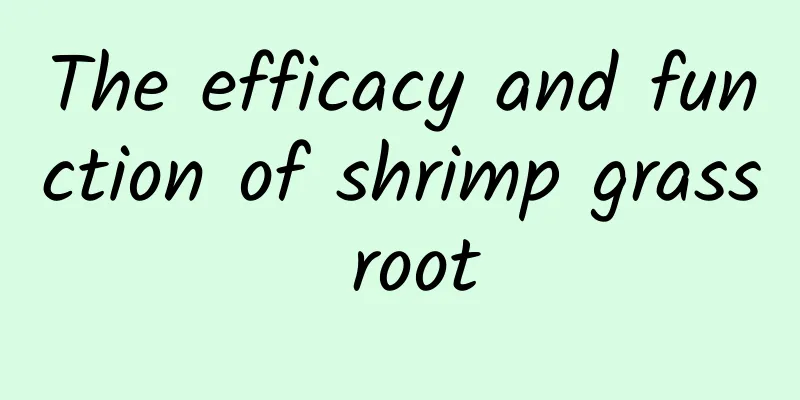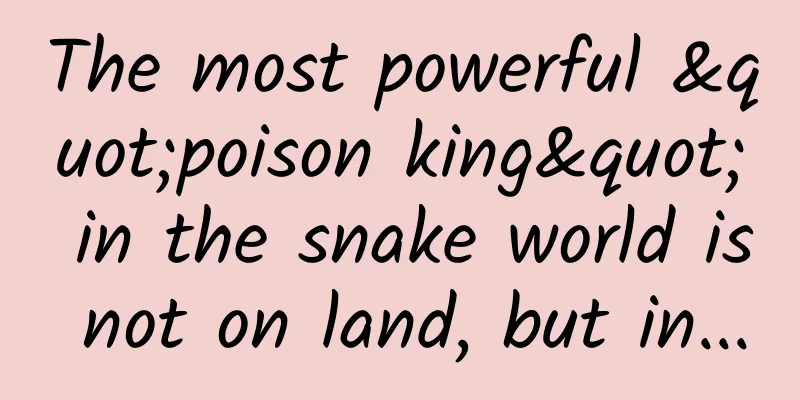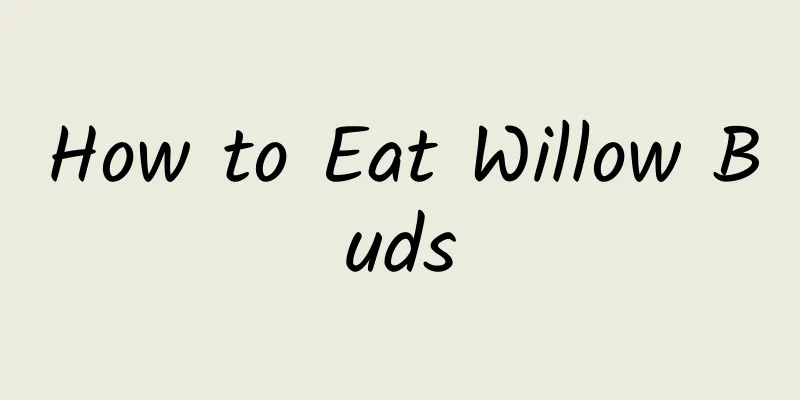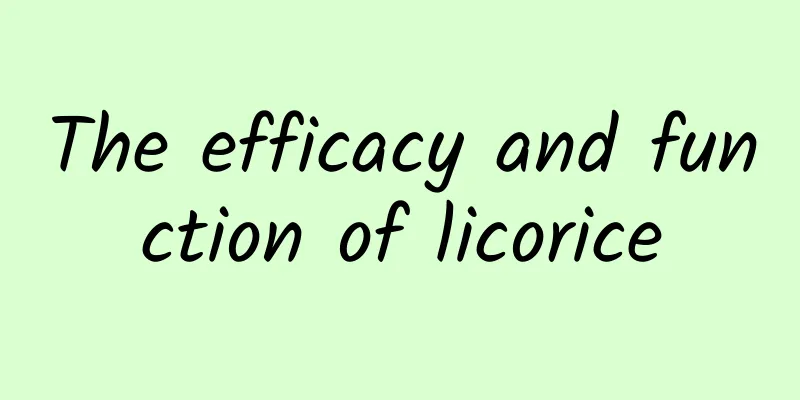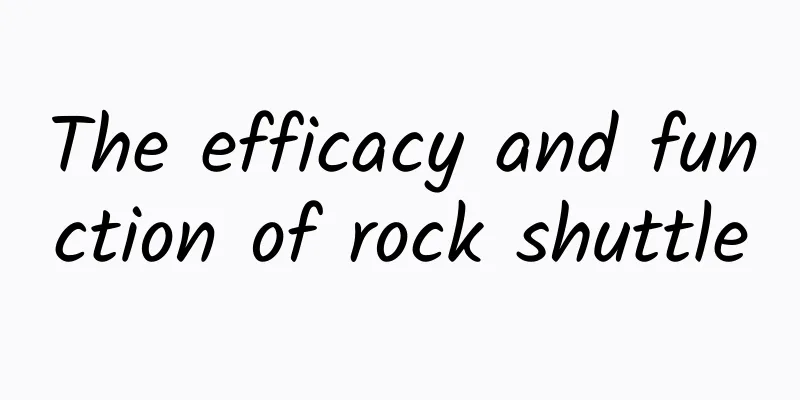The efficacy and function of Ligustrum lucidum
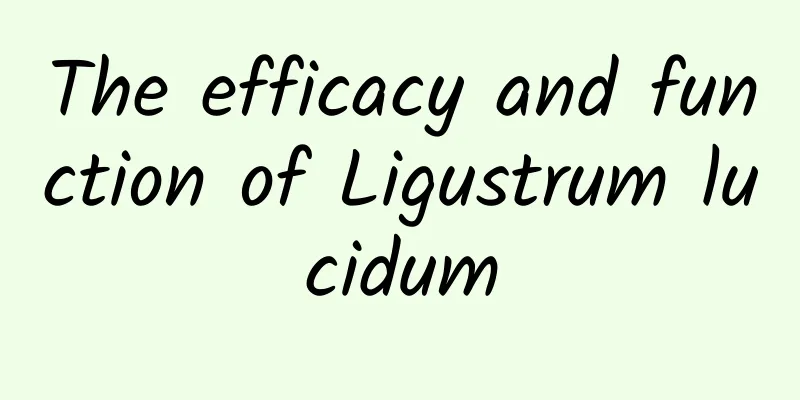
|
Fructus Ligustri Lucidi is a common Chinese medicine. In clinical practice, Fructus Ligustri Lucidi is often used as a good medicine for treating neurasthenia, kidney disease, wind-heat diseases, etc., especially for some diseases such as gray hair, blurred vision, stomach disease, gout, etc., Fructus Ligustri Lucidi can exert the best therapeutic effect. It can be said that Fructus Ligustri Lucidi is a health product with high medicinal value. At the same time, Ligustrum lucidum can be used in many different Chinese medicine combinations to treat many different diseases. So how to use Ligustrum lucidum to treat some common diseases? How much Ligustrum lucidum should be used when using Ligustrum lucidum to treat diseases, and how to take it to achieve the best effect? · Benefits the liver and kidneys, clears away heat and improves eyesight. Indications: dizziness, soreness of waist and knees, spermatorrhea, premature graying of hair, bone steaming and hot flashes, blurred vision, liver and kidney yin deficiency, sore waist and tinnitus, premature graying of hair, blurred vision, blurred vision, fever due to yin deficiency, stomach disease, gout and hyperuricemia. Ligustrum lucidum is used to treat neurasthenia: Ligustrum lucidum, Channa intestines, and Morus alba each 50g to 150g. Decoction in water. Or soak 2 catties of Ligustrum lucidum fruit in 2 catties of rice wine and take it daily in appropriate amount. (Commonly used herbal medicines among Zhejiang folks) · Ligustrum lucidum nourishes the waist and knees, strengthens tendons and bones, strengthens the yin and kidneys, and blackens the beard and hair: Ligustrum lucidum (harvested on the winter solstice: any amount, dried in the shade, steamed with honey wine, left overnight, peeled in a coarse bag, dried in the sun and ground into powder, stored in a clay bottle, or boiled dry first and used with Eclipta prostrata), Eclipta prostrata (harvested on the summer solstice, any amount), pounded into juice and boiled into paste, mixed with the previous medicine to make pills, taken with wine before going to bed. (Erzhi Pills from Yifang Jijie) Ligustrum lucidum fruit treats wind-heat red eyes: Take any amount of holly seeds, mash the juice and boil it into a paste, put it in a clean bottle, bury it in the ground for seven days, and use it as an eye drop. ("Emergency Prescription") Ligustrum lucidum is used to treat kidney dryness and heat, turbid urine pain, weakness in waist and legs, and long-term lower body consumption: Ligustrum lucidum 4 qian, Radix rehmanniae 6 qian, Tortoise shell 6 qian, Angelica sinensis, Poria cocos, Dendrobium candidum, Pollen, Radix Dioscoreae, Achyranthes bidentata, and Plantago seed 2 qian each, and 3 large clams. Decoction in water. (Nuzhen Decoction from "Yichun Shengyi") · Fructus Ligustri Lucidi nourishes the kidney and yin. Take Ligustrum lucidum fruit, remove the stems and leaves, soak them in wine for a day and a night, peel off the skin, dry them in the sun, grind them into powder, and wait until the morning lotus grass emerges, pick a few stones, mash the juice and boil it into a thick paste, then make the powder into balls as big as walnuts. Take 100 pills every night, with wine. After more than ten days, the old man's physical strength increased and he no longer had to get up at night. It can also change white hair to black, strengthen the waist and knees, and raise Yin energy. Another recipe: Use Ligustrum lucidum fruits harvested in early winter and dried in the shade, soak them in wine for one day, steam them thoroughly and dry them in the sun, and take one pound and four ounces; use ten ounces of Eclipta prostrata harvested and dried in the shade in summer; use ten ounces of mulberry fruits harvested in late spring and dried in the shade. Grind the three ingredients into powder, add refined honey and make into pills as big as walnuts. Take seven or eight Zhi pills each time, with light salt water. If the mulberries are picked in May and the lotus is picked in August, you can directly mash the juice and mix the medicine without adding honey. · In general, Ligustrum lucidum is a good medicine for curing diseases that is of great benefit to health. The above is an introduction to the efficacy and effects of Ligustrum lucidum. In fact, Ligustrum lucidum is also a traditional Chinese medicine. All medicines are poisonous. Therefore, if you want to use Ligustrum lucidum to treat diseases, you must listen to the advice of traditional Chinese medicine before using the medicine. Don't use the medicine casually. |
<<: The efficacy and function of Roselle
>>: The efficacy and function of bay leaves
Recommend
The efficacy and function of laurel leaf jasmine
Only when we understand the main ingredients of a...
It's like a long-distance relationship
More than two thousand years ago, Mozi wrote in &...
99% of people don't know! What are the little black dots on the car windows used for?
People who often ride or drive You may find a sma...
Can teenagers really eat Cynomorium songaricum?
Although it is important to maintain the body, yo...
The efficacy and function of hair grass dragon root
Hairy grass dragon root is a kind of traditional ...
The efficacy and function of Xanthium sibiricum foot bath
Foot soaking is the most traditional health-prese...
Consumer Intelligence Research: Amazon Prime membership hits record high in the U.S. at 180 million
Amazon's (AMZN) Prime subscription service hi...
Good flowers don’t bloom often. If you want to capture the most beautiful moment of a flower, do this!
In the eyes of many people, a PhD in biology, who...
Black wolfberry is better with this soaked water
Black wolfberry is a very common nourishing produ...
What are the benefits of drinking mulberry leaf tea?
Mulberry leaves are picked in large quantities in...
Red alert, severe flood! The highest water level ever measured!
Starting from the early morning of June 21, Yingd...
The efficacy and function of whip-leaf ear fern
Whipleaf ear fern is a traditional Chinese medici...
What are the medicinal properties of ginkgo
Taking some ginkgo nuts can help us greatly impro...
What are the medicinal properties of placenta
Although there are many Western medicines availab...
